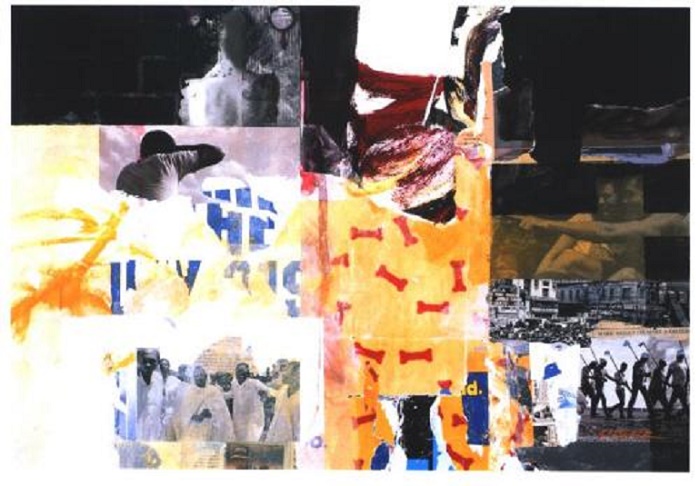
The Wayne State University School of Medicine has won one of only eight spots in the Association of American Medical Colleges Fundamental Role of Arts and Humanities in Medical Education’s Grant Program for Evaluating Outcomes to assess student learning through the use of formal art observation.
The program will use the university art collection to learn and practice Visual Thinking Strategies, or VTS, to enrich first- and second-year medical students’ visual literacy, art therapy students’ visual literacy, and the ability to translate and interpret imaging important in the understanding of the patient perspective in relationship to their health.
Jennifer Mendez, associate professor of Internal Medicine-Geriatrics and director of Community Engagement for the School of Medicine, is the principal investigator. The program coordinators at WSU will be David Amponsah, M.D., School of Medicine assistant professor of Emergency Medicine and director of Emergency Medicine Ultrasound Education and Fellowship at Henry Ford Hospital in Detroit; Holly Feen-Calligan, Ph.D., associate professor of Theoretical and Behavior Foundations and Art Therapy Program coordinator for the College of Education; and Grace Serra, WSU Art Collection Curator; and Jennifer Mendez, Ph.D.,
While medical students readily master the technical skills required for reviewing patient ultrasound images, interpretation of the images is a challenge and an unmet curriculum need, first explored at the School of Medicine in a workshop with the Detroit Institute of Arts in 2016. Additionally, art therapy students develop interpretation skills and assessing biases while interacting with colleagues during the exercise.
“Through this interprofessional collaboration, which fosters review and analysis between students of varied viewpoints, all students gain partnership and interpretation skills. This allows medical students to overcome difficulty in translating two-dimensional ultrasound monitor images to three-dimensional anatomical structures in patients,” Dr. Amponsah said.
The pilot study will involve 30 medical students, 30 art therapy students and 10 arts administration students. Data on the frequency of accurate reading and observations on ultrasound visual skills examination pre- versus post-training will be collected and evaluated.
The $24,014 award is funded in part by the National Endowment for the Humanities.